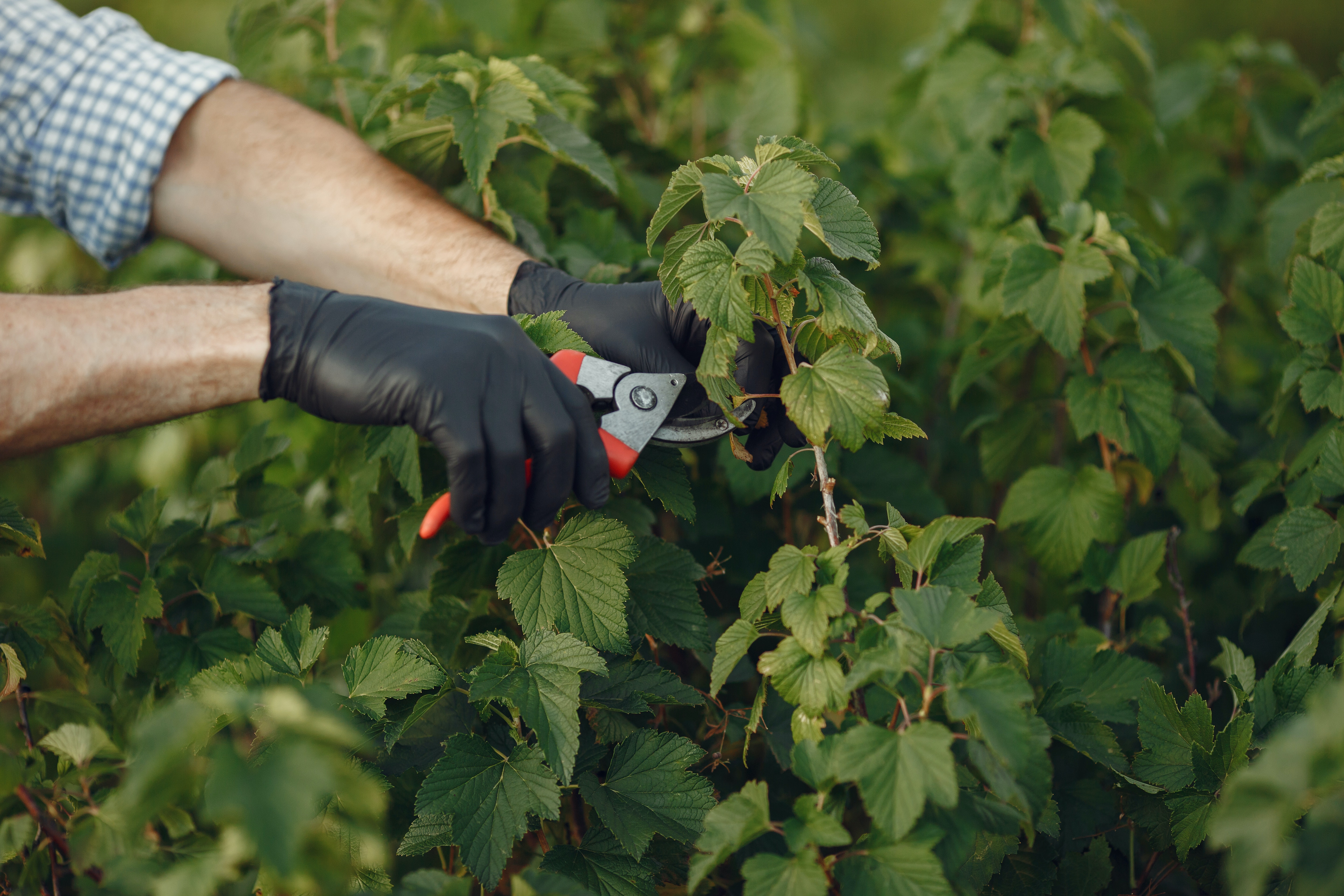Pruning tools can carry diseases and pests from one plant to another, and even from one part of the same plant to another. Sterilizing your pruning tools before and after use helps prevent the spread of disease and ensures that your plants remain healthy.
Soap and Water Method
The soap and water method is the simplest way to clean your pruning tools. First, remove any dirt or debris from your tools with a dry cloth. Then, mix some dish soap and warm water in a bucket or sink. Dip a clean cloth in the soapy water and use it to wipe down the blades of your pruning tools, including the handles. Rinse the tools thoroughly with clean water and dry them with a clean towel.
Use Alcohol (Isopropyl Alcohol or Ethanol)
One of the most effective ways to sterilize pruning tools is by using isopropyl alcohol or ethanol. These alcohols are effective at killing bacteria, viruses, and fungi. For isopropyl alcohol, use a concentration of 70-90%, and for ethanol, use a concentration of at least 70%.
To sterilize your pruning tools with alcohol, follow these steps:
- Wipe down your pruning tools with a clean cloth to remove any debris or dirt.
- Soak a clean cloth in rubbing alcohol or ethanol, and wipe down the blades and handles of the pruning tools.
- Let the blades dry completely before using the tools.
Mix a solution of 1-part bleach and 9-parts water in a bucket. Submerge the blades and handles of the pruning tools for 5-15 minutes, then rinse with water and let them dry. Bleach is an excellent disinfectant that can kill fungi, bacteria, and viruses.
To sterilize your pruning tools with bleach, follow these steps:
- Clean your pruning tools with a clean cloth to remove any debris or dirt.
- Dip the blades of your pruning tools into the bleach solution and let them soak for at least five minutes.
- Rinse the blades thoroughly with water and let them dry completely before using the tools.
Heat is another effective method of sterilizing pruning tools. You can use an open flame or boiling water to sterilize your tools.
The flame method involves heating the blades of your pruning tools over a flame to kill any bacteria or viruses present.
Boiling Water Method: Place the pruning tools in boiling water for 30 minutes, then remove and let them dry. This method is effective in killing bacteria, viruses, and fungi, but it may not be suitable for tools with wooden handles.
Step 1: Clean the tools with soap and water to remove any dirt or debris.
Step 2: Choose one of the above-mentioned sterilization methods.
Step 3: Follow carefully the instructions for the chosen method.
Step 4: Rinse the tools with water and let them dry completely.
Step 5: Store the sterilized tools in a clean and dry place to prevent contamination.
Sterilizing pruning tools is a crucial step in maintaining healthy plants and preventing the spread of diseases. By using the methods and following the step-by-step guide in this article, you can ensure that your tools are clean and ready for use. Incorporating sterilization into your pruning routine will lead to healthier and more vibrant plants in your garden.
Follow us: Don't forget to check out our YouTube channel and coverage on Google News.
We appreciate your support and look forward to helping you grow the garden of your dreams!





Δεν υπάρχουν σχόλια:
Δημοσίευση σχολίου